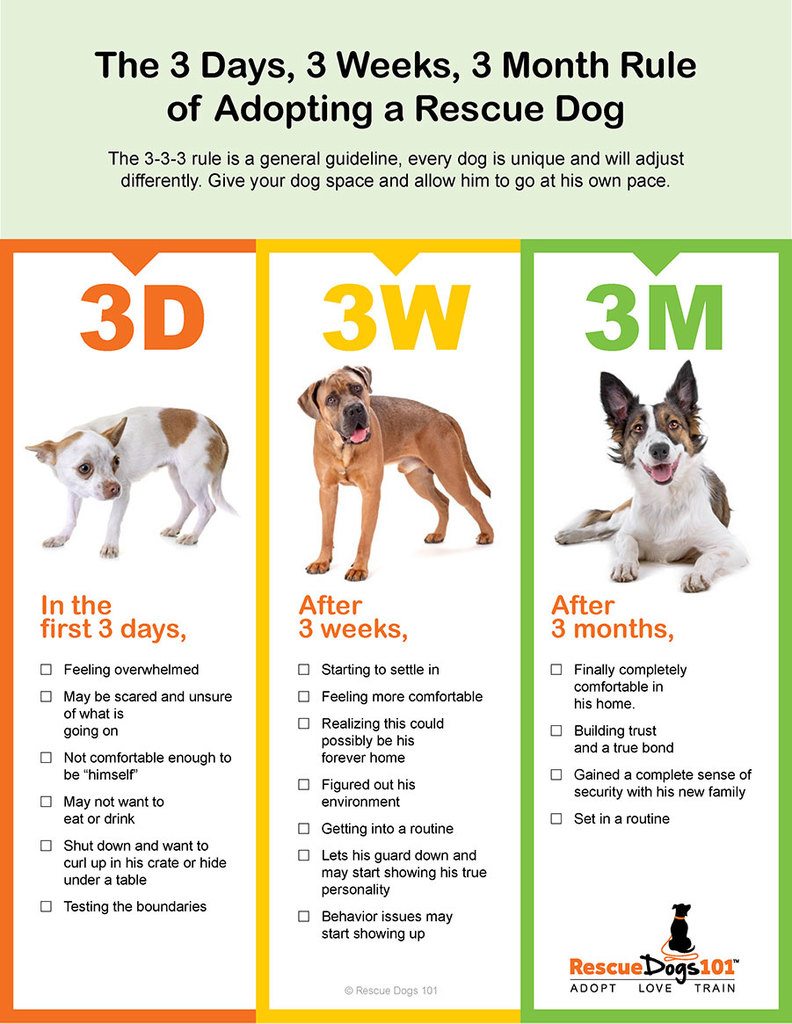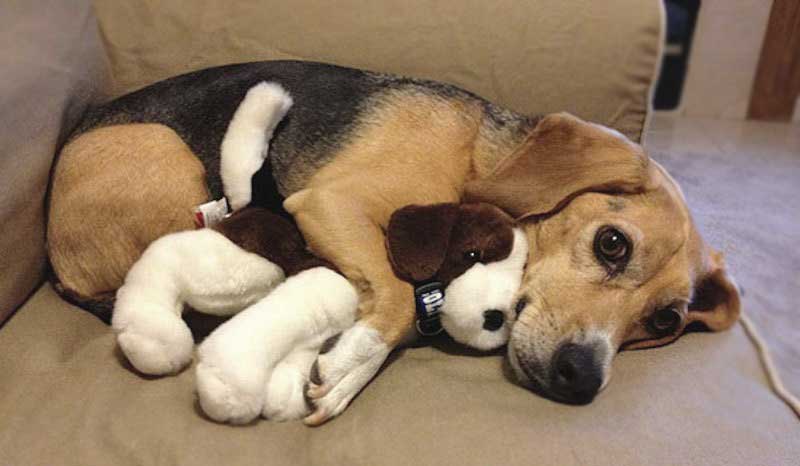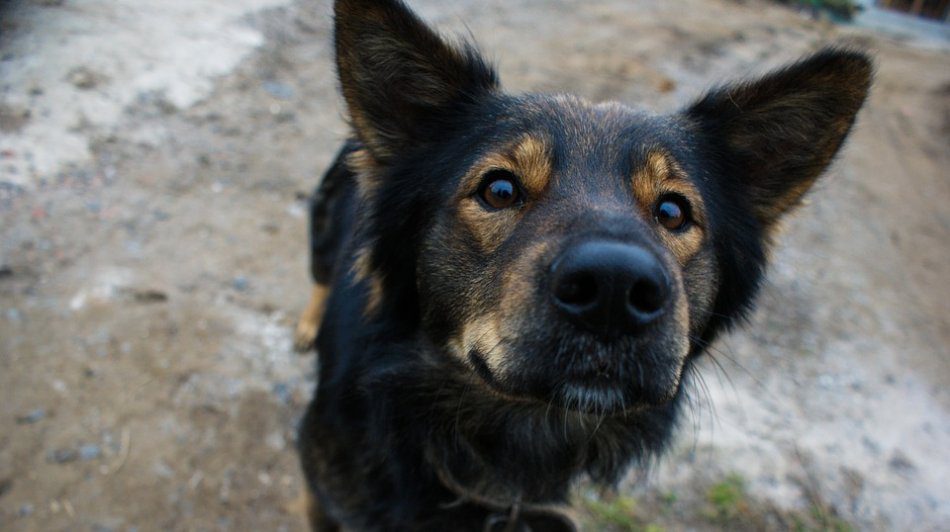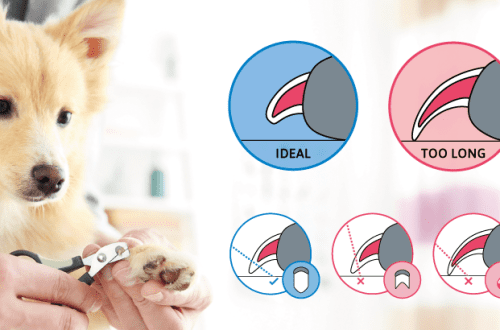
Adaptation of a dog from a shelter to a new family: stages
Adopting an abandoned dog from a shelter is certainly a noble decision. However, some of the dogs again and again return to the shelter or again become unnecessary. This happens, as a rule, because the new owners are not ready for the changes that such a dog will bring to their lives.
The main thing to remember is that if you expect to get Lassie or Commissar Rex, who are ready to follow you through fire and water from the first day, then you will be disappointed. But if you are willing to invest time and energy into gaining your dog’s trust and forming an attachment without putting too much expectations on your new friend, the chances of success are great.


Contents
Stages of adapting a dog from a shelter to a new family
Period | What happens to the dog | What to do to the owner |
1 – 2 days | Problems that the dog is prone to begin to show up. The dog may be lethargic or hyperactive. | First of all, let the dog get used to the house. It seems to you that it is necessary to surround her with attention and care, but this is not so: the dog may see a threat in your perseverance. The less you pay attention to a new friend, the better. |
3 – 4 days | The dog gradually begins to show interest in the environment, behaves calmer, sleeps better. But it’s not ready to play yet. And may refuse to eat. | The pet will appreciate walks, but they should only take place on a leash. The dog may pull – this is normal at this stage, you can start training using positive reinforcement. Avoid any punishment. If the dog eats, you can hand-feed part of the daily ration, and then use it as a reward for the executed command (of course, if the dog is not aggressive and it is safe). |
2 week | The dog begins to show the first signs of affection. She may follow you around, lick your hands, refuse to be alone. If she stays alone in the room, she can howl, spoil things, urinate. | Train your dog to be alone. At first, leave one for a minute, then gradually increase the time. And remember: during this period – no punishment! |
2 weeks – 3 months | The dog chooses “its” person and refuses to communicate with others. Very attached to the new owner. | Remember that attachment cannot develop for all family members at the same time. While the new member of the “flock” is building relationships with the “chosen one”, others will only be tolerated (at best), or even driven away or avoided. If the whole family is sympathetic to this and does not molest the dog or behave threateningly, gradually it will become attached to the rest of the family. Give the dog time |
3 – 12 months | Attachment gradually develops. The dog knows what to expect from you and becomes more predictable. You begin to trust each other, the first sprouts of mutual understanding appear. | It is important to consider that the dog’s behavior is constantly changing, and not to be frightened. As a rule, by the end of the first year, the behavior stabilizes. |
Why is it useful to know how the adaptation of a dog from a shelter to a new family goes?
In Belarus, there are no statistics on the return of dogs to shelters, but it is available in other countries. Typically, 25% of returned dogs end up at the shelter within the first week, 14% within the second week, and approximately 10% of dogs return within six months. This happens because, having seen the problems in the early days, people believe that it will always be like this, they are disappointed and become discouraged.
It happens that a dog from the very first days feels at home in a new family, but this is more an exception than a rule. The dog needs time. Give her that time!




If you know how the adaptation process is going and that the situation is likely to improve later, it will be easier for you to survive the initial problem period, not to despair, and, in the end, to get a faithful, reliable friend.
You might also be interested in:How to choose a dog in a shelter?«







